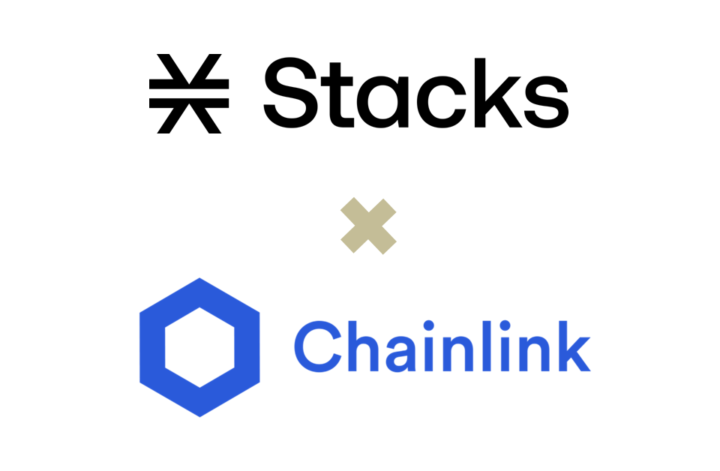vc.DAO
Venture investing as we know it has a rather high barrier of entry especially for those who do not already have existing networks in the ecosystem or are located in geographical areas that do not have a vibrant venture community.
While crypto has certainly democratized venture investing to a certain extent, due to various factors(e.g. regulatory requirements, uncoordinated community, etc) and rightly so, that we’re witnessing venture investing in the crypto space reverting from its ICO days to more institutional-based. Only when a project matures and progresses to its “decentralizing phase” that public sales are conducted and access is opened up to the broader community. This seems like the best solution thus far, given the lack of clear regulations governing the space to prevent bad actors from exploiting participants.
The following is an idea that I’ve been tinkering with for some time and thought could be an attempt in democratizing venture investing for the community using blockchain technology and Decentralized Autonomous Organization(DAO) structure.
The Problem:
Aspiring investors currently face a high barrier of entry into the industry due to 1) lack of access 2) lack of capital, 3) lack of knowledge/operational experience. The leverage an individual private investor has in negotiating for an allocation in a private fundraising round is minimal, relative to institutions and professional fund managers. The value that an individual private investor can provide to prospective investees is limited as compared to institutions given the limited resources and capacity an individual can afford to commit to an investment. Therefore, in order to bridge this disparity between private investors and institutions is where a DAO-powered investment fund could potentially find value in.










